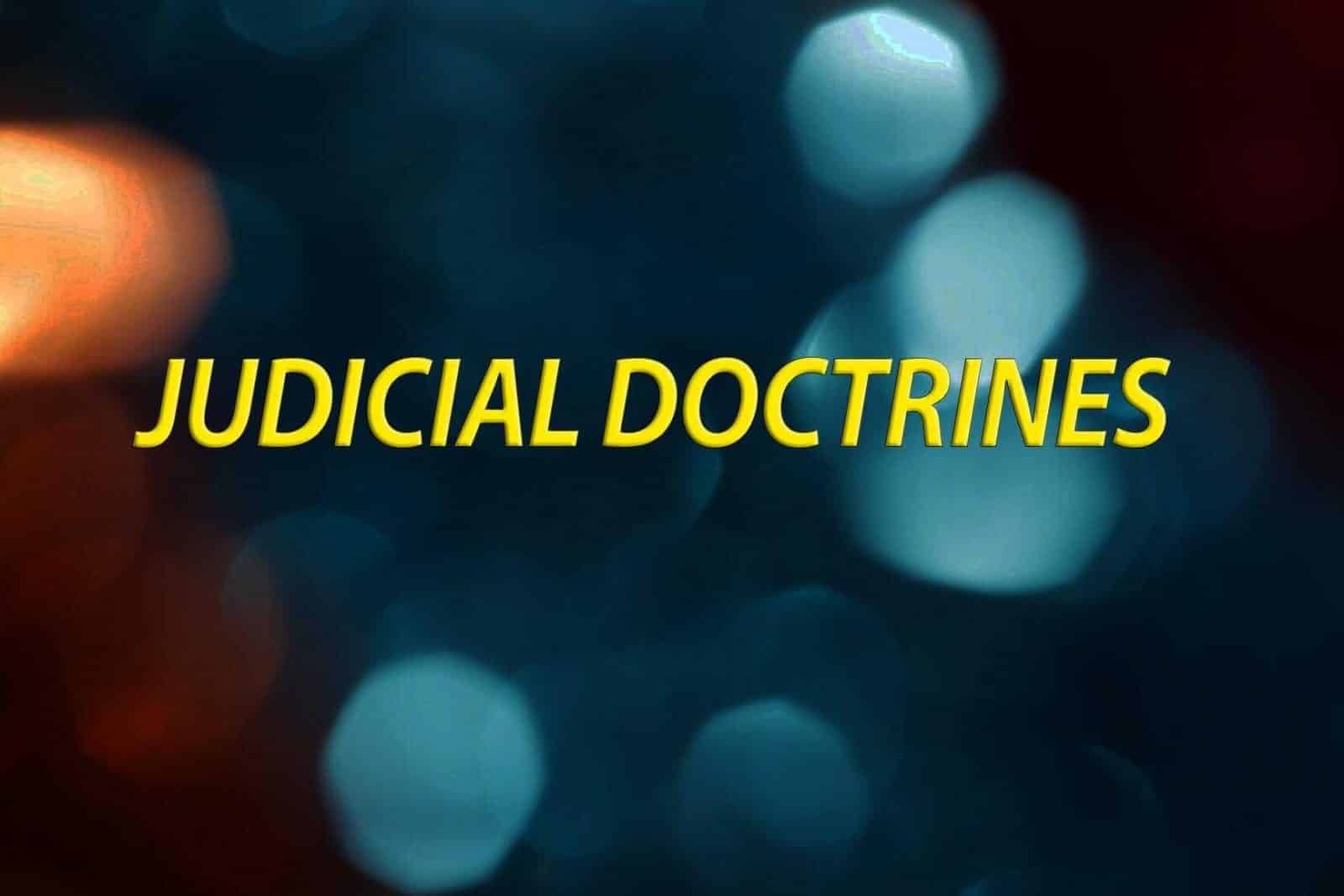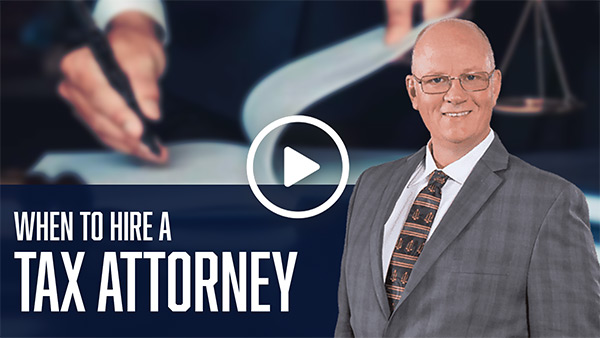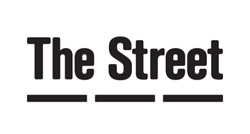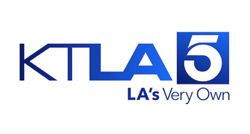
This is a great question. We consider various alternatives—for example, whether a transaction passes the test under Section 183 but not a related tax doctrine (and vice versa).
- The activity is held to not be engaged in for profit, but the related transactions have economic substance. Tax result: Valid Section 183 deductions arising from the activity are allowable solely to the extent that they do not exceed the gross income from the tax shelter. This result follows because while the expenditures are actual and the debts (if any) represent bona fide indebtedness and assets are purchased for their real fair market value, the facts and circumstances of the particular set of transactions under scrutiny lead to the Service or the courts to the conclusion that the taxpayer never intended to make a profit.
- All aspects of the activity are found to be lacking economic substance and the activity is held to be a sham. Tax result: No deductions or losses are allowed–period. The § 183 regulations are not operative here because there is no deemed investment or indebtedness, and thus no valid expenses.
- The activity as a whole is deemed to be engaged in for profit; however, certain aspects of the activity are deemed to lack economic substance. Tax Result: The deductions claimed as attributable to the aspects of the activity that are deemed to be without economic substance are not respected and thus disallowed. The deductions related to the respected portions of the activity are allowed in full.
- The activity as a whole is deemed not to be engaged in for profit, but certain aspects have economic substance. Tax Result: The deductions allocable to the aspects deemed to have economic substance are allowed, but only to the extent of the income from the portion of the activity deemed to have economic substance Code Sec. 183. The deductions claimed that are allocable to the aspects that do not have economic substance are disallowed. A typical situation where this type of scenario develops is where an activity is deemed a tax shelter which in total is not engaged in for profit, but nevertheless various out-of pocket expenditures are still deductible.
A recent tax shelter cases involving Section 183 focused on the lack of profit motive and the associated lack of economic substance. The IRS viewed the taxpayer’s shelter as “abusive.” The investors, with absolutely no knowledge or experience in the field of art, without obtaining expert advice, and without and challenges to the offering price, purchased purported “reproduction masters” of Picasso paintings at a price that had no reasonable relation to a reasonable fair market value of the property. The purchase was financed largely through nonrecourse notes with their sole security being the reproduction masters themselves. It was shown that the taxpayers did not generate gross income from the activity. The Tax Court labeled the activity a “generic tax shelter” focusing on the following factors:
- Tax benefits were the focus of the activity’s promotional materials;
- Investors accept the terms of purchase without any attempts at negotiating a more advantageous price;
- The assets purchased were deemed to be property rights that were difficult to value in the abstract and substantially overvalued in reality;
- The actual assets purchased were created at a comparatively small cost immediately before being purchased by the investors; and
- The majority of the consideration for the assets came from non-recourse promissory notes.
Thus, the IRS is still using Section 183 in conjunction with other tax doctrines to combat abusive tax shelters.

















